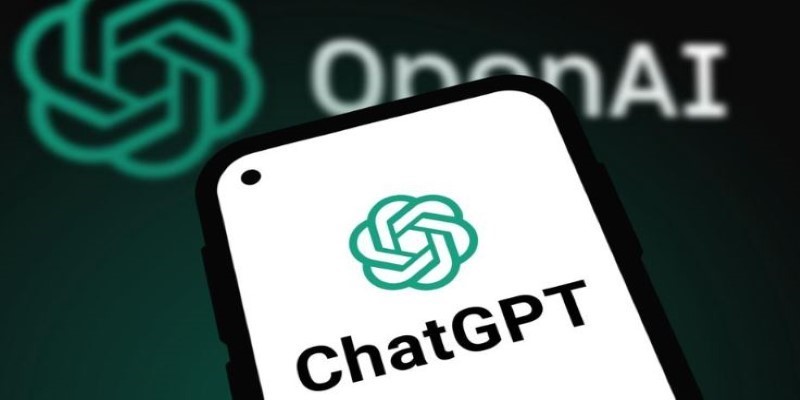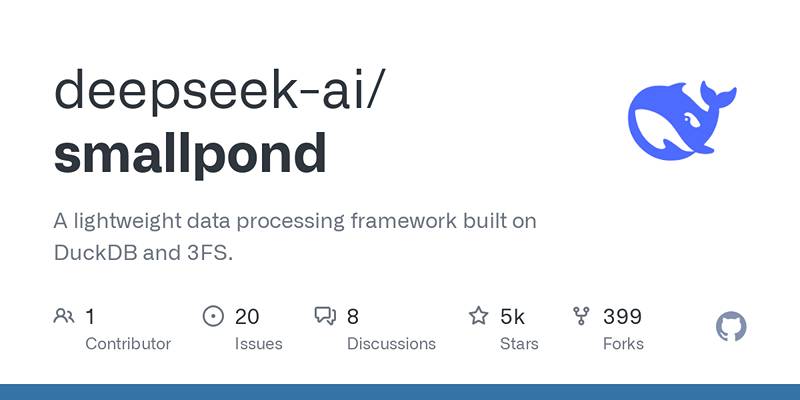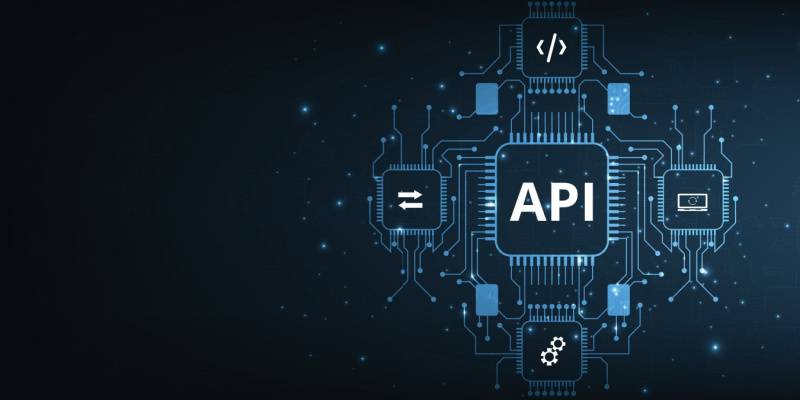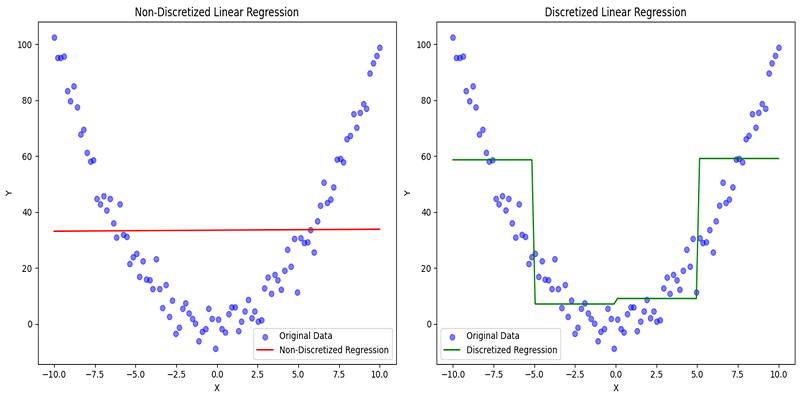Most contemporary managers working with AI systems already recognize the revolutionary potential of GPT models. The knowledge of GPT system restrictions becomes necessary for implementing them effectively and making sound decisions. A detailed account presents the "Cookie Monster Checklist" which provides a framework to understand five main restrictions in GPT technology. Understanding these constraints will give you strengthened capability to make the most of AI technology alongside preventing related dangers.
How GPT Models Function Together with their Built-in Performance Boundaries.
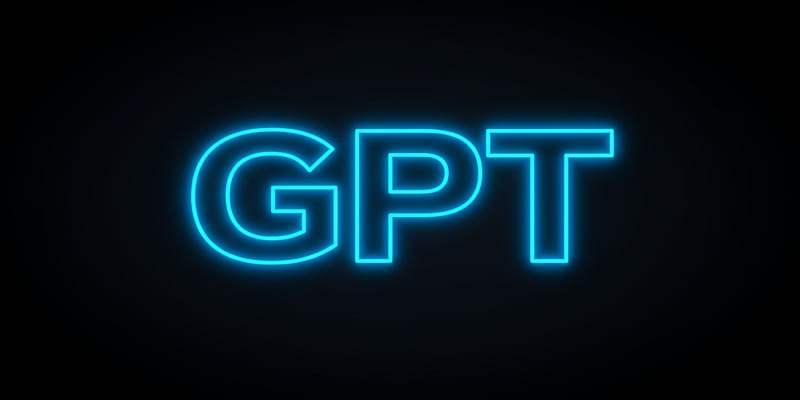
Adoption of the GPT model requires managers to understand its powerful characteristics and the shortcomings that naturally exist. The systems demonstrate superb capability to produce human-level text and textual generation while lacking absolute knowledge, thus making them imperfect.
Strengths of GPT Models
The remarkable language processing and creation features are what define GPT models. They can:
- GPT models generate polished text that maintains topic relevance for diverse fields of discussion
- These systems give detailed responses accompanied by explanations regarding advanced topics.
- GPT models support users with summary writing and language translation work as well as content development.
GPT models demonstrate versatility which transforms them into dynamic tools that boost business productivity and creative output across various business operations.
Key Limitations to Consider
Managers must understand several vital limitations which affect their work.
Due to the cutoff date of training data GPT models work exclusively from stored information collected until their training concluded. The models are restricted from gaining access to present-day situations or fresh information.
The accuracy of GPT models remains high but they sometimes create plausible incorrect responses which mainly happen with specialized or complex topics.
The models possess impressive linguistic abilities yet they completely lack the ability to genuinely understand or reason. These models lack the ability to generate independent criticism of information or form their own decisions from it.
Direct implementation decisions regarding GPT technology within organizations become possible because managers understand its strengths together with its weaknesses.
Limitation #1: GPT Models Lack Long-Term Memory and Consistency
The Cookie Monster Conundrum
The text-generating power of GPT models stands impressive yet they face the essential problem of incomplete memory function and lack of consistency abilities. Like the insatiable Cookie Monster who forgets his previous choices the GPT models operate exclusively within present time ignoring their previous outputs or creating coherent narratives throughout durations.
Implications for Managers
- The absence of long-term memory and consistency affects GPT-powered tools in manner that creates problems for manager users.
- GPT models present discontinuous responses to users because they lack memory retention of earlier conversations.
- GPT models demonstrate poor memory retention when processing extended conversations or when solving complicated tasks that require multiple steps.
- GPT models lack the ability to use past interactions for improvement or adaptation processes which human employees naturally perform through experience.
Mitigating the Memory Gap
- Managers should focus on implementing these measures to handle this weakness:
- GPT models perform better when tasks are divided into clear independent units that stand separate from one another.
- Managers should supply background information to their systems at regular intervals.
- Businesses should deploy external memory systems to enlarge the operational capabilities of GPT.
- All interaction outputs and their consistency need proper monitoring from human operators.
- Managers who understand how GPT functions without long-term memory capabilities will achieve better results from these tools while reducing their associated risks.
Limitation #2: GPT Models Can Generate Biased and Unreliable Content
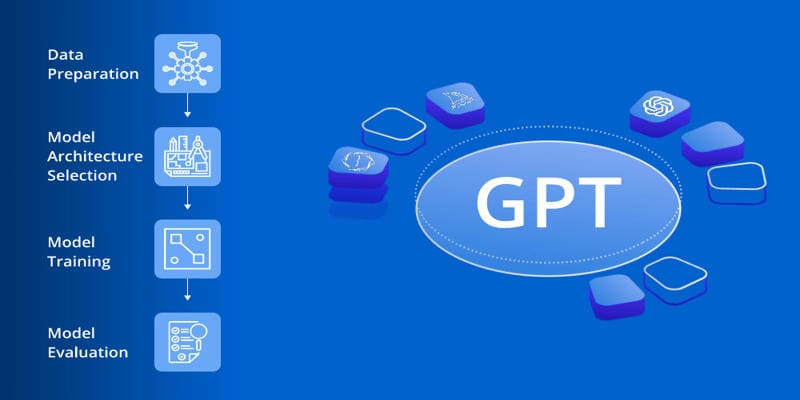
Organization leaders need to understand that the powerful GPT models sometimes create content which contains both factual errors and discrimination. The training data limitations together with GPT's inability to discern real material from fictional information cause this problem.
Inherent Bias in Training Data
GPT models absorb training information from extensive text sources but naturally absorb human-based prejudices during this process. Biased content emerges from the model outputs because of discriminatory training data which deepens stereotypes while delivering distorted viewpoints. GPT models frequently produce content based on the gender and racial biases which can be found in their training datasets.
Lack of Real-Time Information
GPT models operate without access to present-day happenings or information that becomes available after their training phase. GPT systems retrieve information only from the training data they were supplied but this data contains a specified endpoint. The models lack access to contemporary information so they cannot present recent newsstoff updates.
Limitation #3: GPT Models Struggle with Complex, Multi-Step Tasks
The Cookie Monster's Dilemma
The ability of GPT models to deliver successful results deteriorates when they encounter multi-step procedures alongside complex reasoning situations. The behavioral pattern of Cookie Monster connecting to only cookies matches the AI system's tendency to lose sight of comprehensive understanding and connected process sequences.
Breaking Down the Challenge
- GPT models typically encounter difficulties when they need to perform problems which require multiple sequential steps.
- GPT models frequently misplace important information and steps from the beginning of their work.
- The system fails to detect dependencies that exist between various parts of the assigned work.
- The system fails to keep a firm grasp on the core concepts while communicating through multiple steps.
- Long-term planning process and strategic thinking as well as adaptive decision-making prove difficult because of this system limitation.
Implications for Managers
Managers who use GPT-systems should focus on implementing these steps:
GPT models work better when they receive complex assignments through multiple simpler parts.
Limitation #4: GPT Models Have Difficulty with Real-Time, Interactive Conversations
Challenges in Dynamic Dialogue
The technical talents shown by GPT models collide with their inability to handle true-time interactive dialogues. The AI systems demonstrate successful text processing capabilities when trained with extensive datasets yet demonstrate weak adaptive abilities during real-time human relationships. One-time responses form the basic design principle of these models that makes them incapable of continuous dialogue engagement.
Lack of Contextual Memory
The main limitation of such models exists in their inability to store and remember conversational context over an extended dialogue. Each input passes through GPT models independently which makes them unable to connect easily to existing conversation content like human beings. The inability to connect new responses to previously mentioned information creates broken dialogue structures through repetition and a feeling of disconnectedness in conversations.
Limitation #5: GPT Models Require Careful Prompt Engineering and Monitoring
The Art of Prompt Crafting
The ability to engineer prompts effectively stands as the essential competence required for GPT model operation. Your role as a manager requires understanding that precise prompt quality determines the output results received from these systems. The use of ambiguous or improperly designed prompts will produce random or senseless outputs which generates project roadblocks and communication breakdowns.
Continuous Oversight is Essential
Numerous checks must exist to verify that GPT models produce correct and suitable content. Quality control requires managers to design strict processes through which they check results for consistency together with their relevance and proper alignment with company aims. Constant monitoring is crucial to stop the spread of faulty information which deviates from organizational messaging.
Conclusion
Reaching effective management of AI and language models in development requires a thorough understanding of GPT's capabilities and restrictions. The Cookie Monster Checklist allows you to take advantage of GPT without letting its weaknesses harm your operations. Your GPT management requires active fact-checking of outputs alongside clear context provision and bias monitoring combined with security measures along with stated awareness of new system developments.

